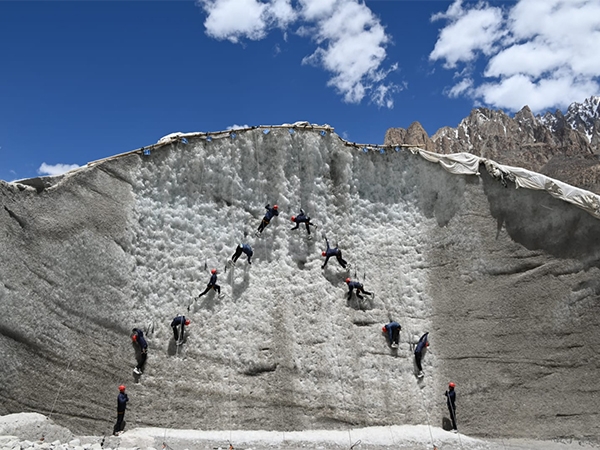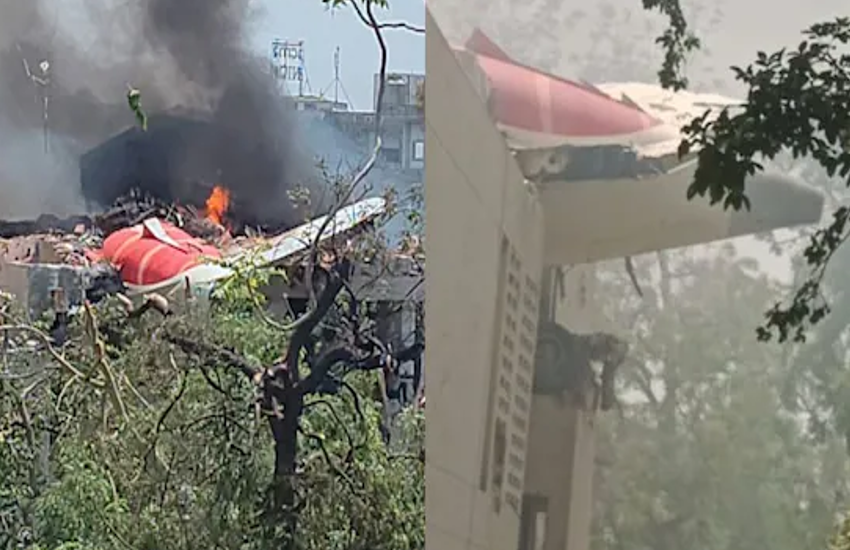Vincent Van Bot - robots are now taking over the art world

Journalism, law, medicine, warfare, cooking and even sport - robots are fast mastering aspects of life we've traditionally considered the prerogative of mankind And now the list of things we consider intrinsically human is set to shrink further, as robots are now capable of producing art that would put most painters to shame.
Most of you probably think that art is the product of inspiration and human creativity. After all, one of the earliest signs of human expression were cave paintings, so you can't be faulted for imagining art as an activity would remain unique to humans.
But today's artificial intelligence (AI) begs to differ. What's more, these robots are so advanced that there was even an art contest solely for them. The contest offered robotics experts worldwide the chance to compete for a grand prize of US $30,000.
Also read - Food labels are passe. New molecular sensor reveals what's really in your food
The challenge? "To create something beautiful using a physical brush and robotics". In total, 15 teams from 7 countries submitted a combined 70 works of art. The judging was done both by a panel of artists, tech and robotic experts as well as by public voting (some 2,200 votes), since art is something that can be appreciated even by a layperson.
While the contest was originally divided into two categories - fully automated and manually generated - they were eventually merged as it became difficult to factor these categories into the voting and judging.
When the paint had dried and the voting was done, some pieces stood miles above the rest. These winning entries will blow your mind. Just to be clear, these aren't digitally created art pieces. These piece are, in most cases, hand...errr...robotic hand-painted.
1) TAIDA, National Taiwan University (NTU)
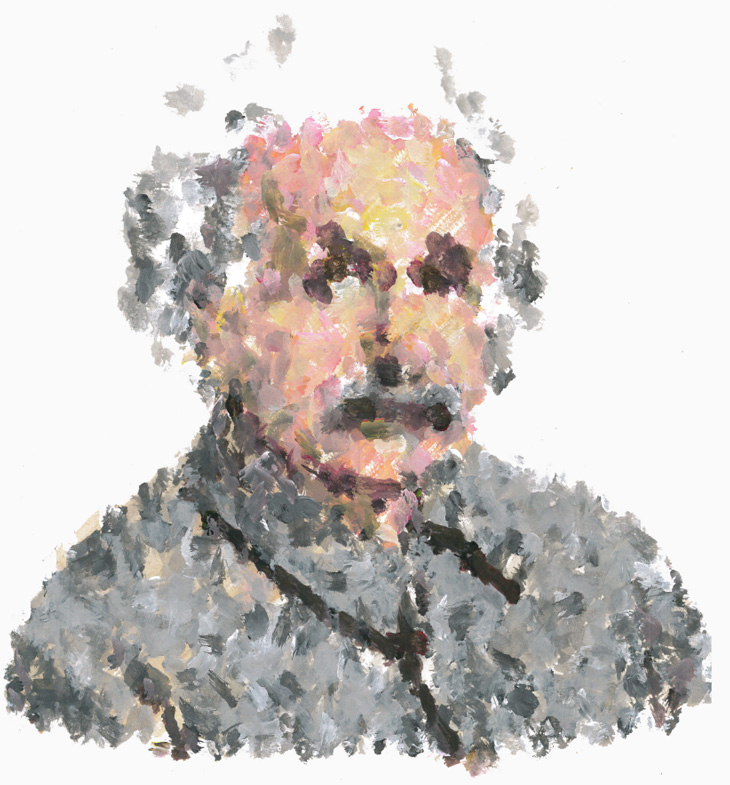

The team from NTU took home the grand prize of $30,000 for their amazing robot-generated paintings. The robot has a dextrous arm capable of motion akin to that of a human. This hand grips the paint brush. The real genius here, though, is the visual feedback system.
The said arm comes equipped with a camera that allows the robot to not only view and reproduce its surroundings on canvas, but also helps it determine and execute the appropriate shades needed for the painting. It's able to create a variety of colours by mixing a palette of cyan, magenta, yellow, white and black.
Not content with just that, the team also managed to incorporate artistic techniques like underpainting to the robot artist's process to make the final product that much more human.
2) CloudPainter, George Washington University (GWU)
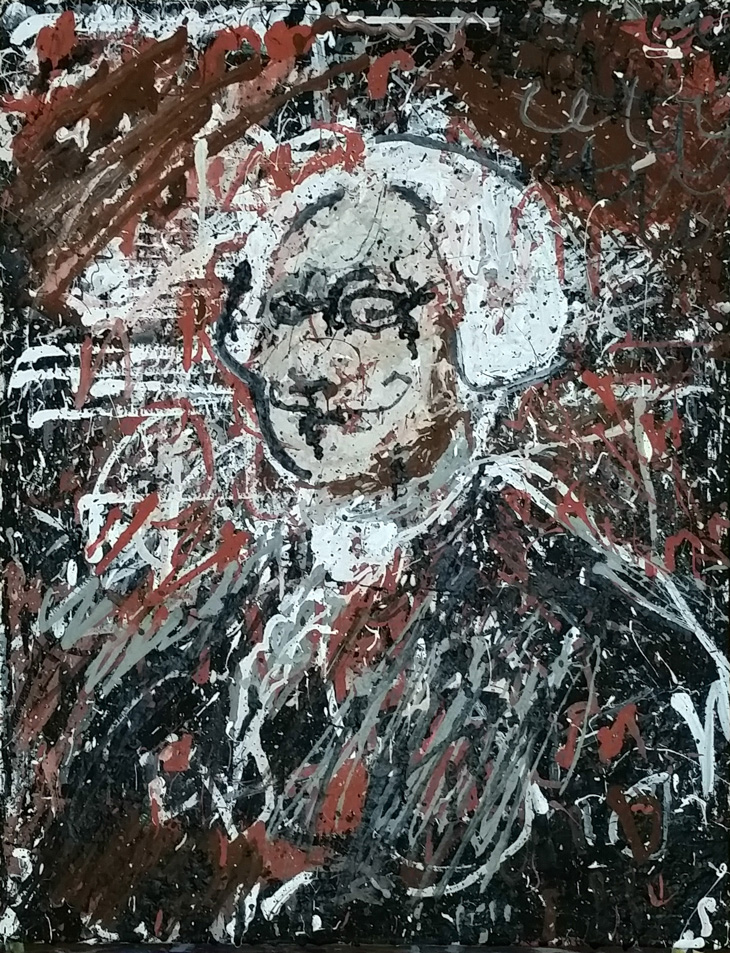
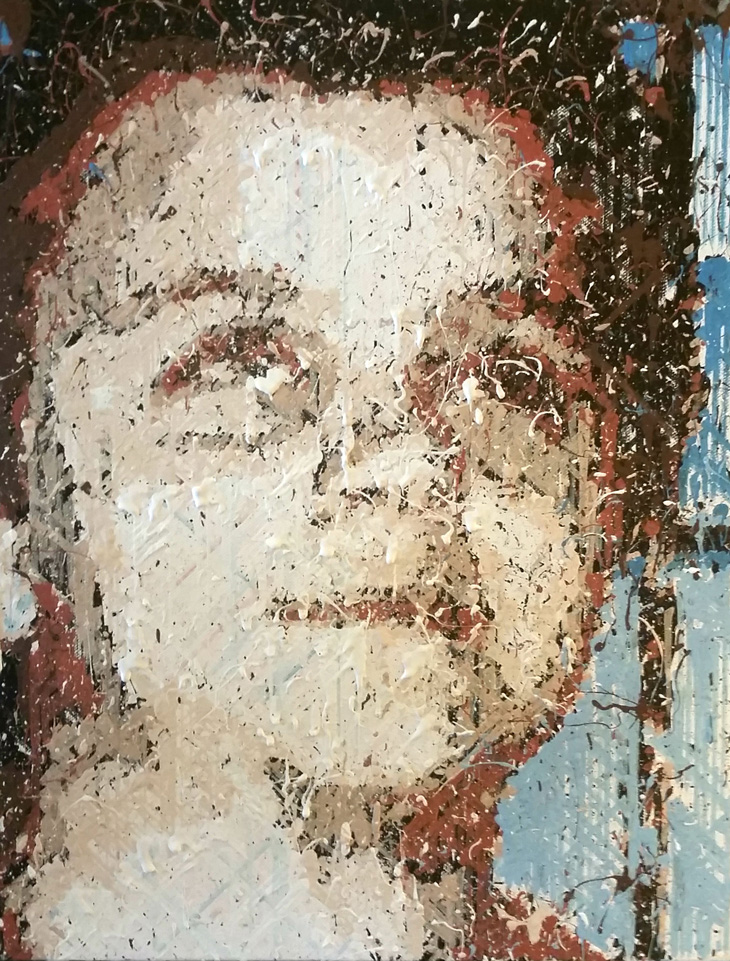
The CloudPainter team from GWU took home the $18,000 second prize. Amazingly, the team consists of Pindar van Arman, a technology artist and software engineer, and his young son Hunter. While the genius behind it is most certainly Pindar, his son, as well as crowd participation, provide the robot with inspiration as to what to draw.
The robot has a head that can hold a brush and is capable of mixing paints as well as cleaning the brush. Once given an image to recreate, the robot first creates an outline of the subject. It then creates a difference map, comparing what it has on canvas to what its actual target is. It then goes about eliminating these differences.
Also, though the robot was given reference images, it chose the ones it found most aesthetically suitable independently. It even decided to what extent to crop these inputs. What's more, the robot can paint in the styles of different master painters, meaning it can reproduce the same subject in a variety of styles.
3) NoRAA, Accademia di Belle Arti di Brera
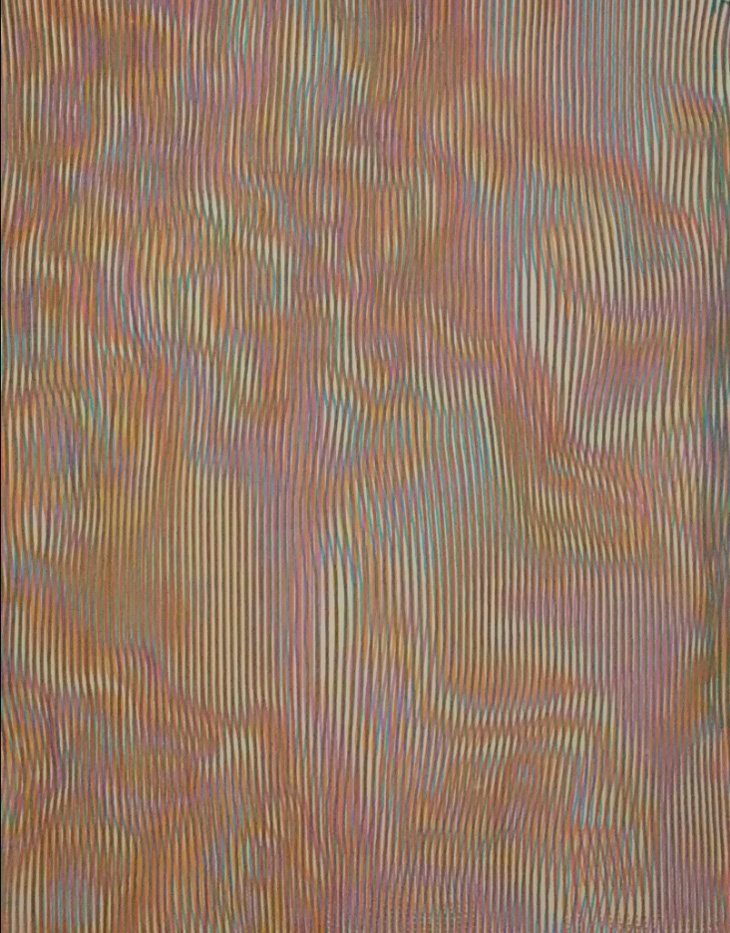
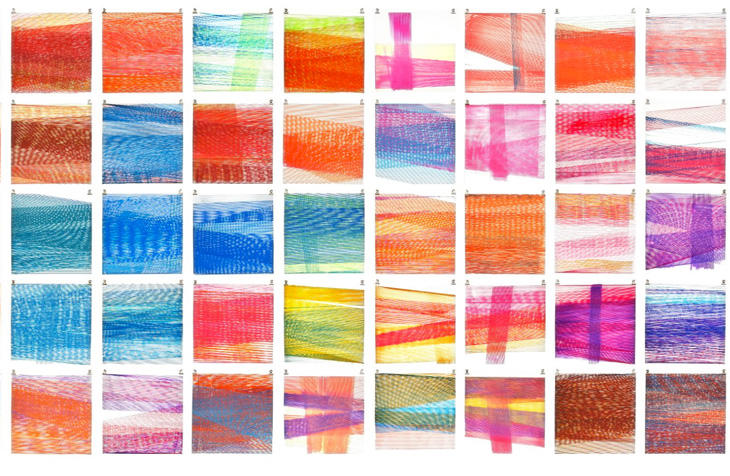
NoRAA is the product of Patrick Tabarelli, and while its art is decidedly more abstract, it managed to take home the 3rd place prize of $12,000. NoRAA is programmed to interpret its surroundings and use that input to create art.
The robot uses random inputs from its physical surroundings to produce the end product. It therefore requires no human input or direction, except for when it's stopped to have ink refilled.
The judges, in fact, thought that this was the most autonomously functioning robot, but were outvoted by the public.
4) e-David, University of Konstanz
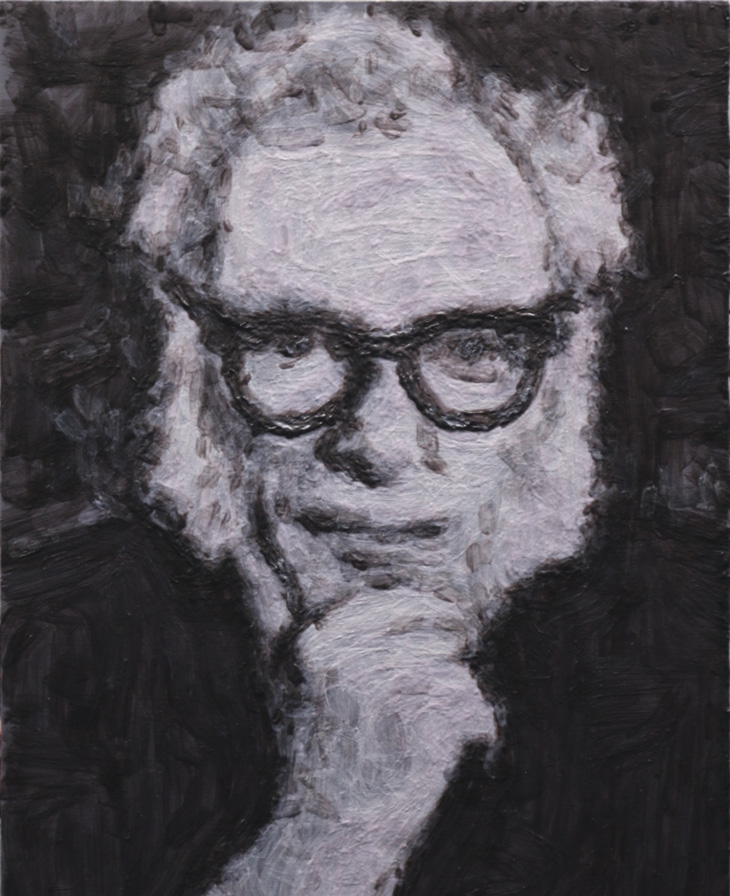
The e-David team that took home the fourth place prize of $10,000, consisted of just two members - Oliver Deussen, a professor and Thomas Lindmeier, a PhD student - from the University of Konstanz.
The two created a robot that, according to the judges, was the most "painterly". While the robot requires an image input, its actual painting process is autonomous and masterly. According to Anne Petty, one of the judges, e-David operates by "first establishing the overall structure through general larger shapes, then moving onto smaller more complex areas", much like an actual painter.
5) Rose-Hulman Institute of Technology (RHIT)

RHIT's robot is somewhat simpler than those that have preceded it on the list. Simple though, among this array of AI genius, is a relative thing. The RHIT robot is fantastic, especially considering its creators are still college students.
The fifth-placed team from RHIT consists of mechanical engineering majors Gunnar Horve, Josh Crook, Zach Dougherty and Luke Drong. They created their robot as part of their senior project and it is capable of recreating famous paintings.
Before the robot can begin recreating a reference image, the team first breaks the painting down into simpler colours. Each of these colours is then assigned a particular set of brush strokes using an algorithm.
The robotic hand then sets about rapidly using pre-mixed paints to achieve its end goal. It also pauses to clean the brush before going about painting again. A typical painting takes the robot about two hours, which is phenomenal when you consider what the paintings look like.
Photos curated by Priyata Brajabasi
More in Catch
A robot just performed autonomous surgery. The future is now present
Shocking tech: this wristband electrocutes you into ditching a bad habit
First published: 16 May 2016, 10:49 IST




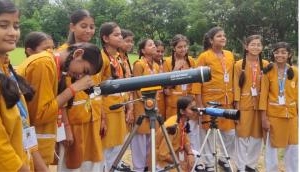
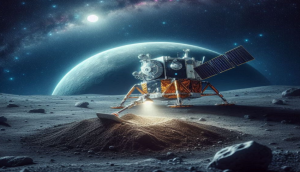
![BJP's Kapil Mishra recreates Shankar Mahadevan’s ‘Breathless’ song to highlight Delhi pollution [WATCH] BJP's Kapil Mishra recreates Shankar Mahadevan’s ‘Breathless’ song to highlight Delhi pollution [WATCH]](https://images.catchnews.com/upload/2022/11/03/kapil-mishra_240884_300x172.png)

![Anupam Kher shares pictures of his toned body on 67th birthday [MUST SEE] Anupam Kher shares pictures of his toned body on 67th birthday [MUST SEE]](https://images.catchnews.com/upload/2022/03/07/Anupam_kher_231145_300x172.jpg)



